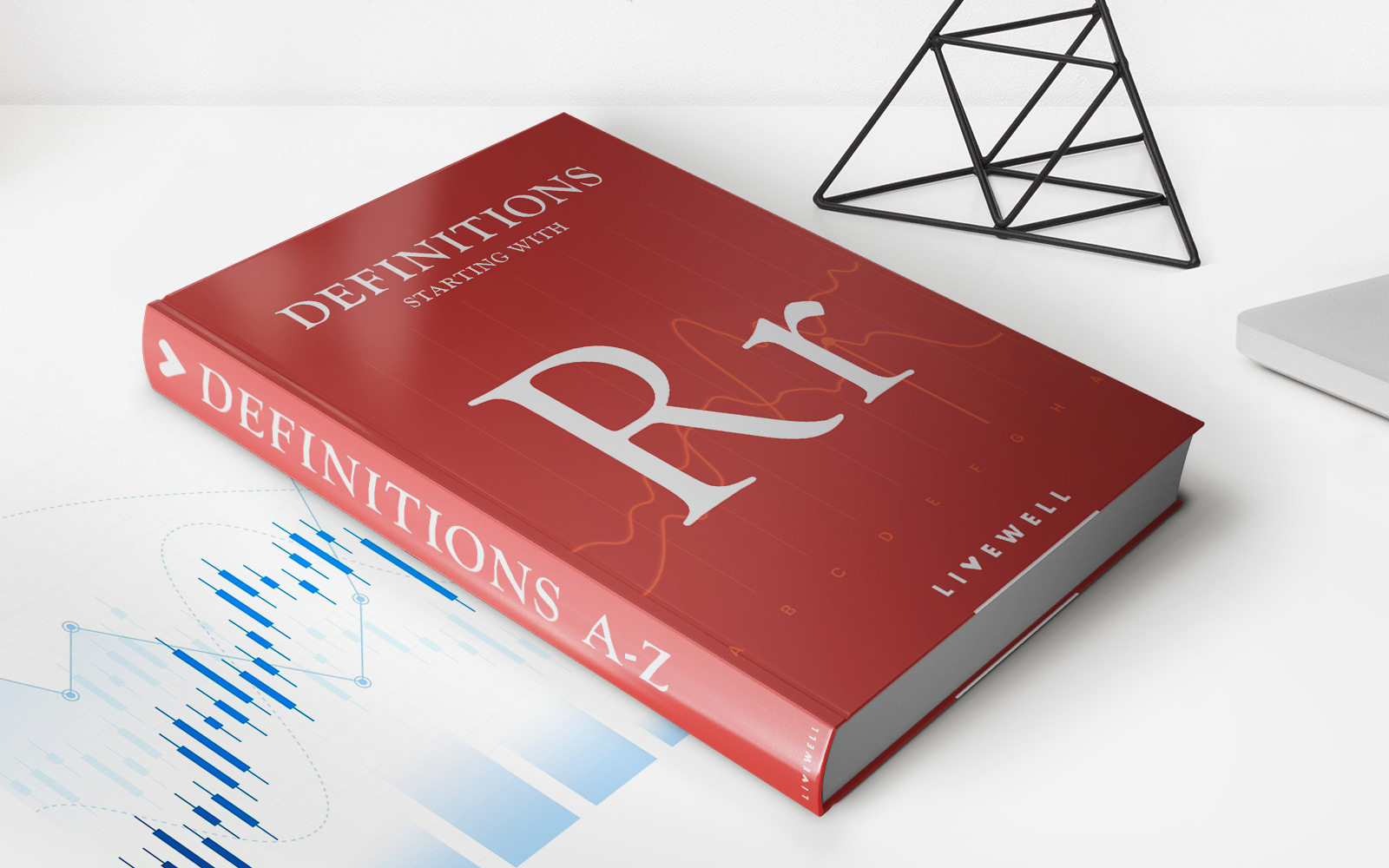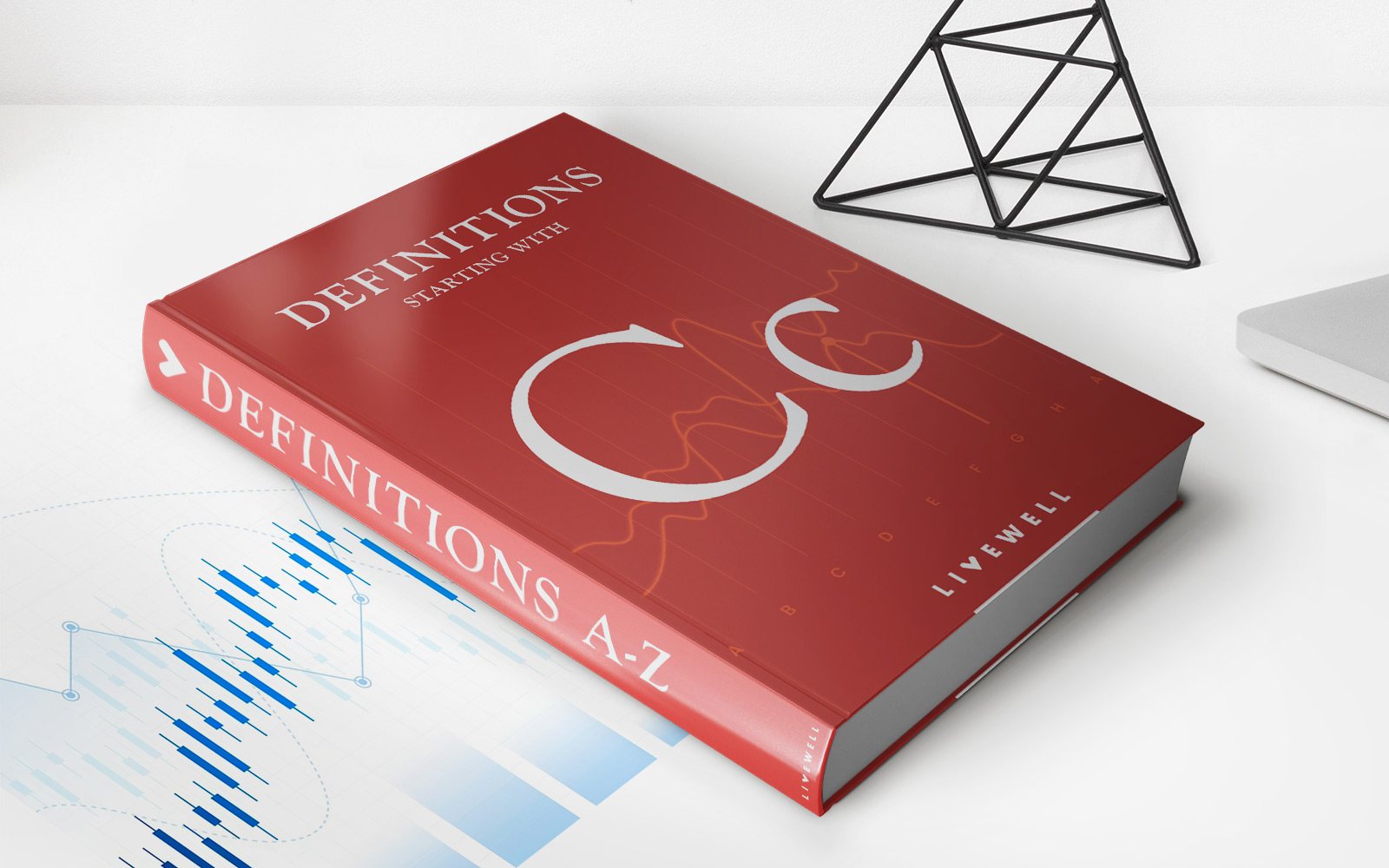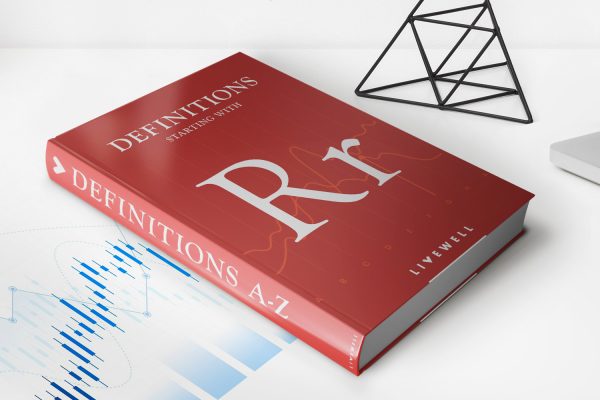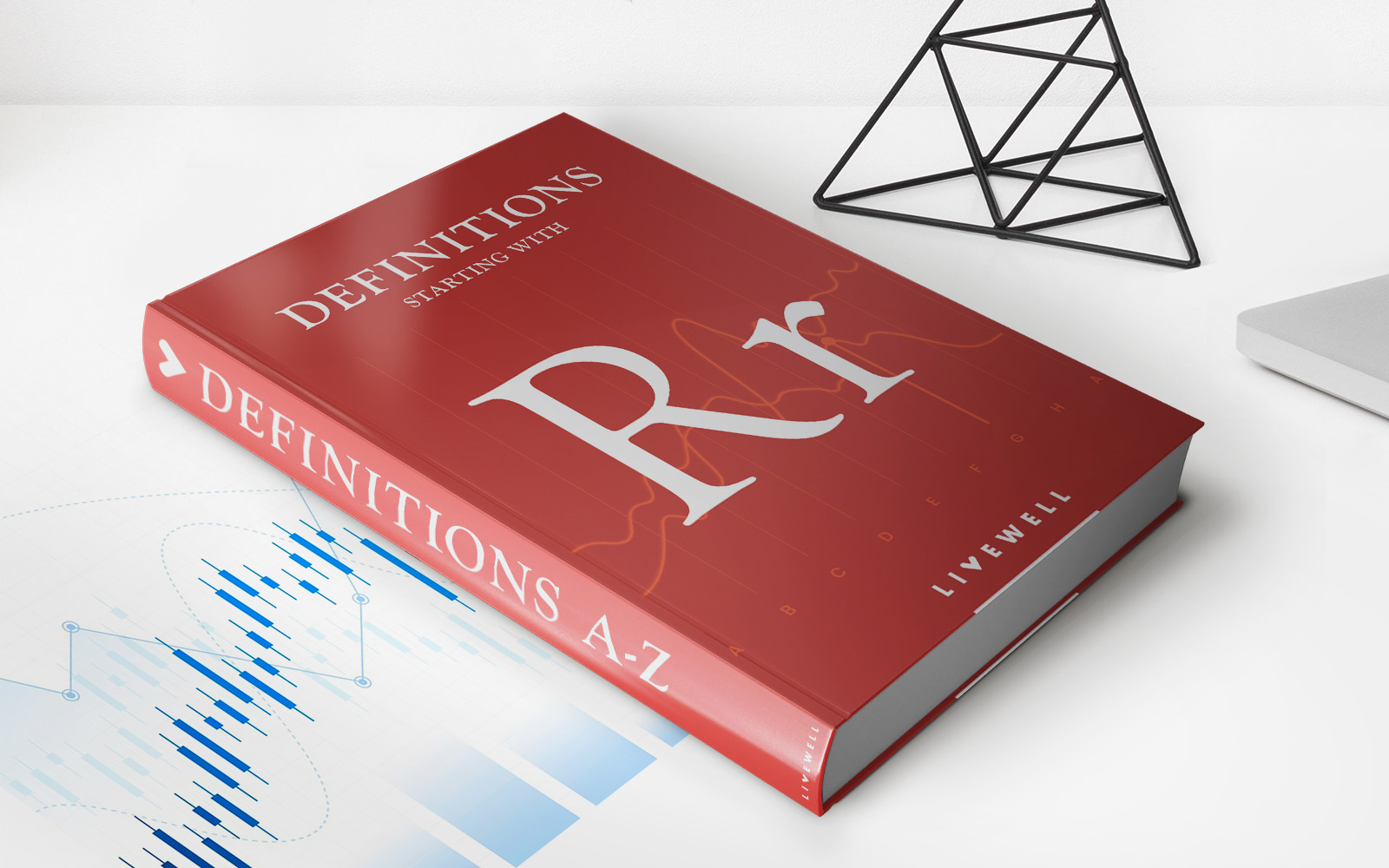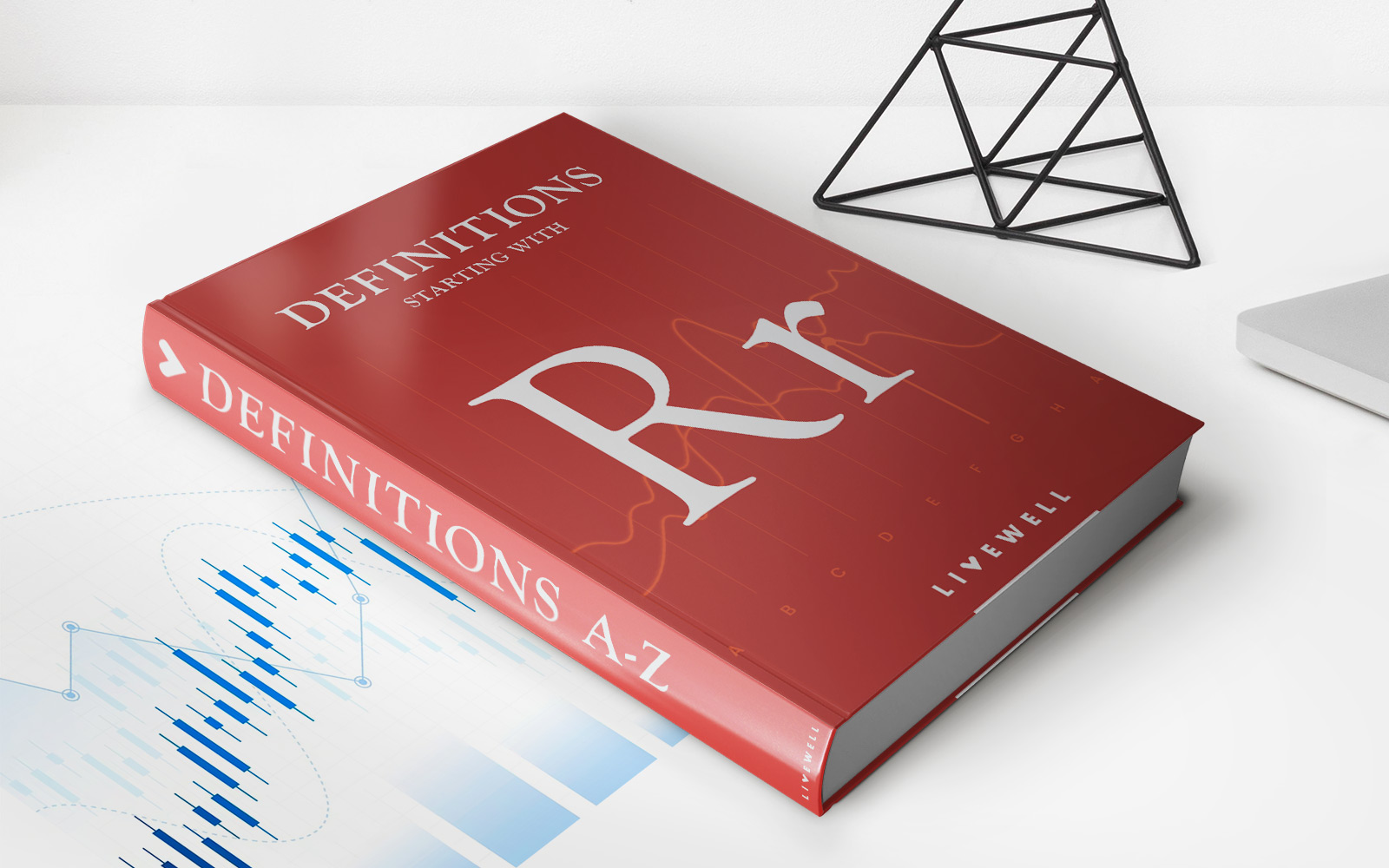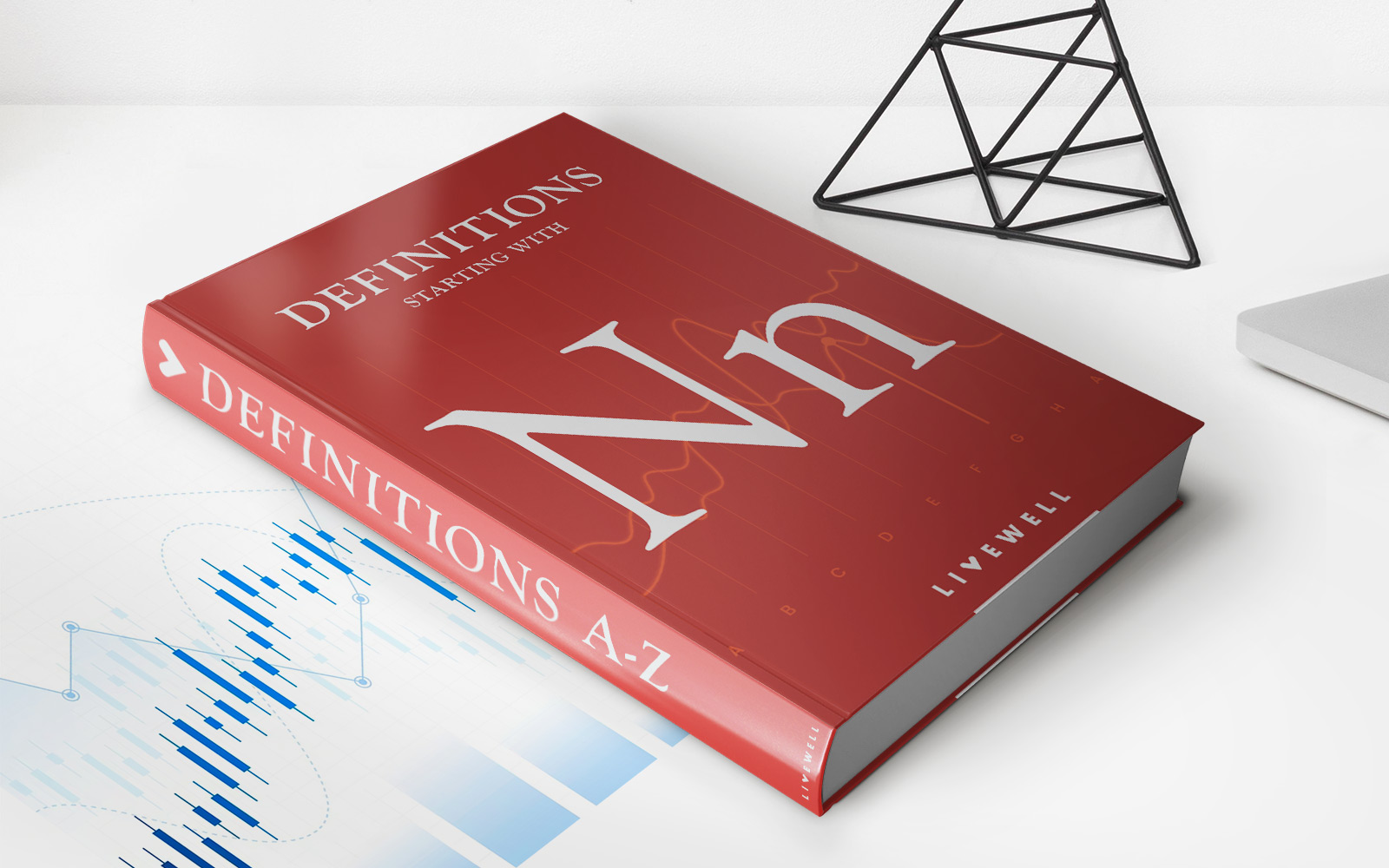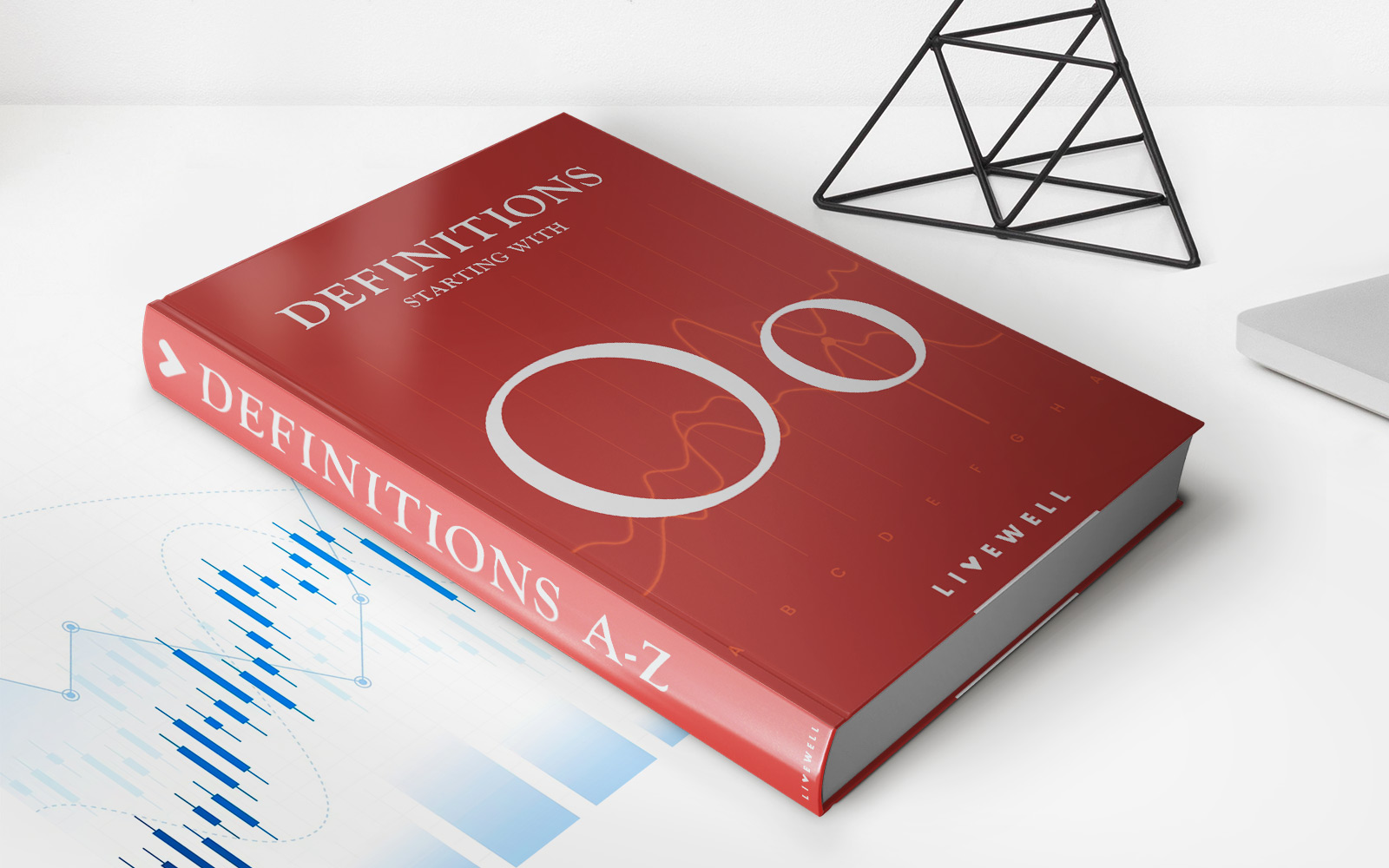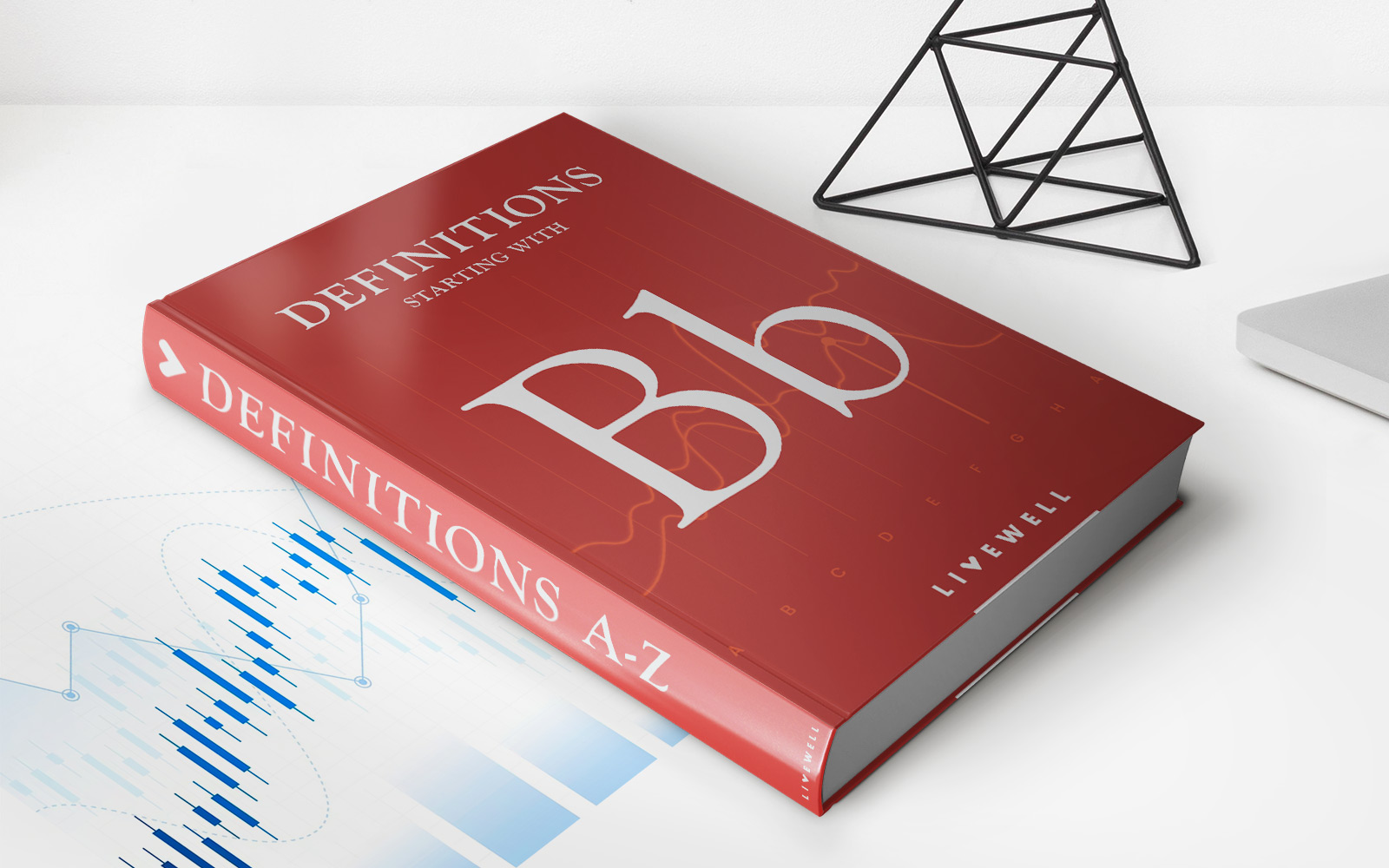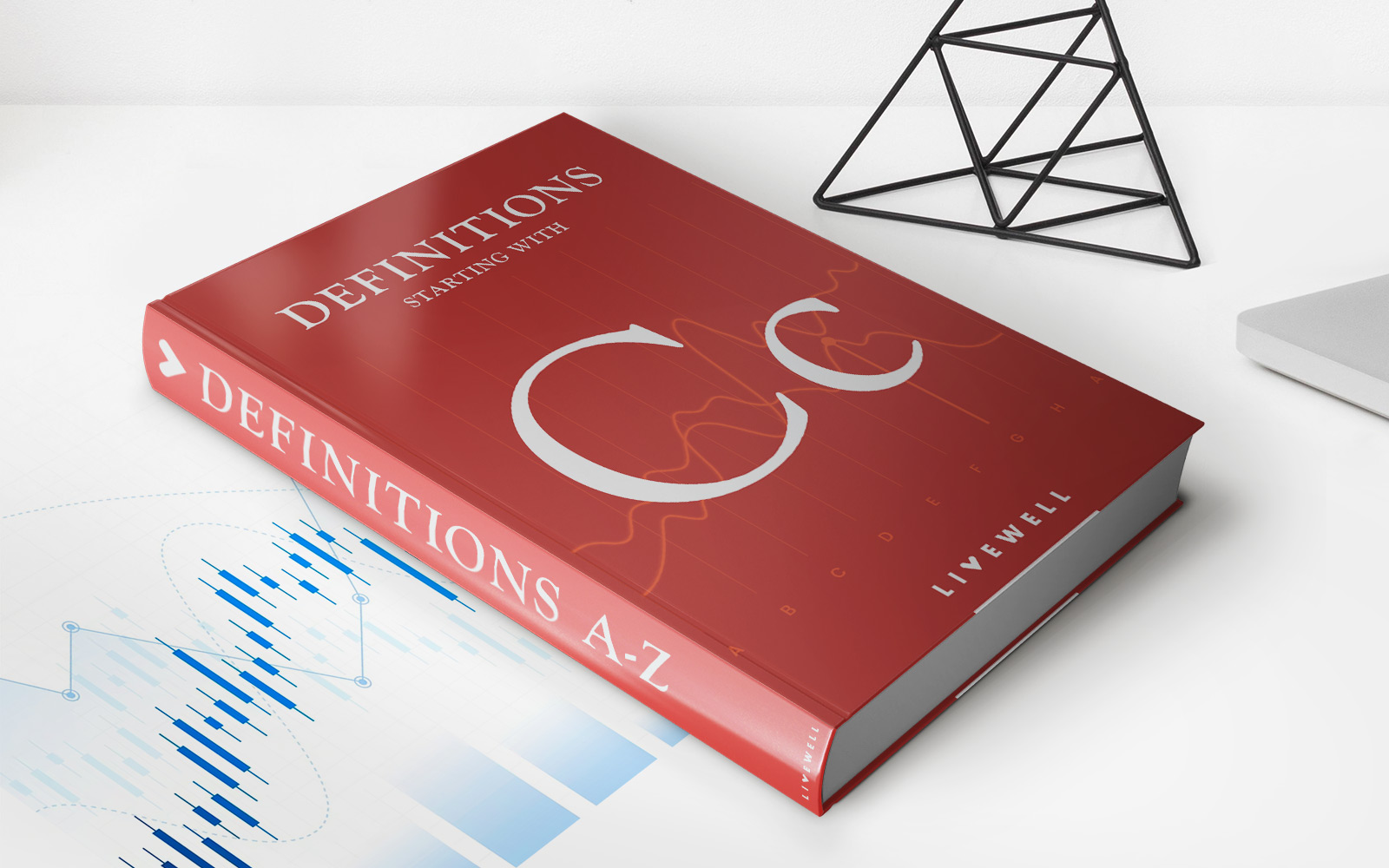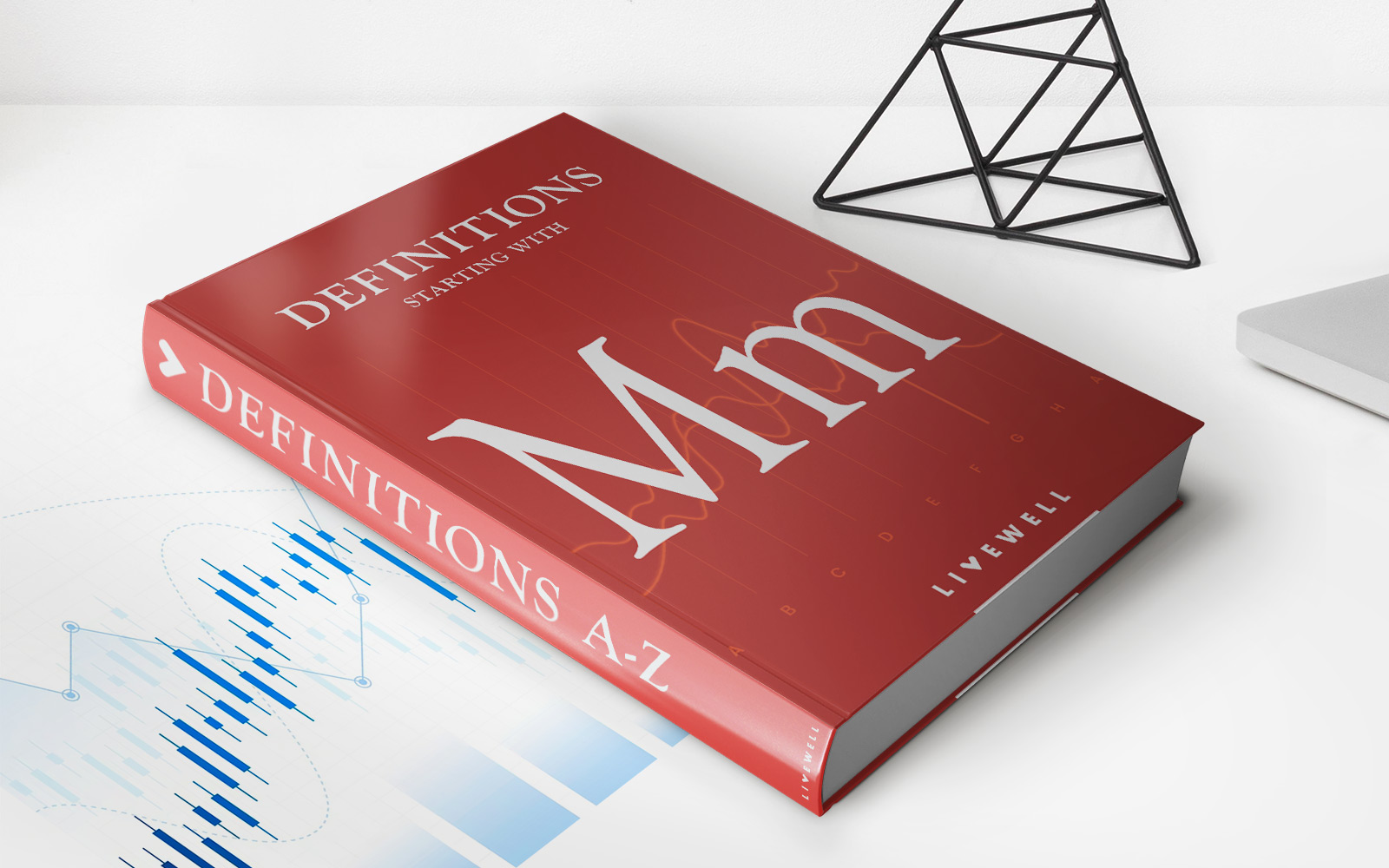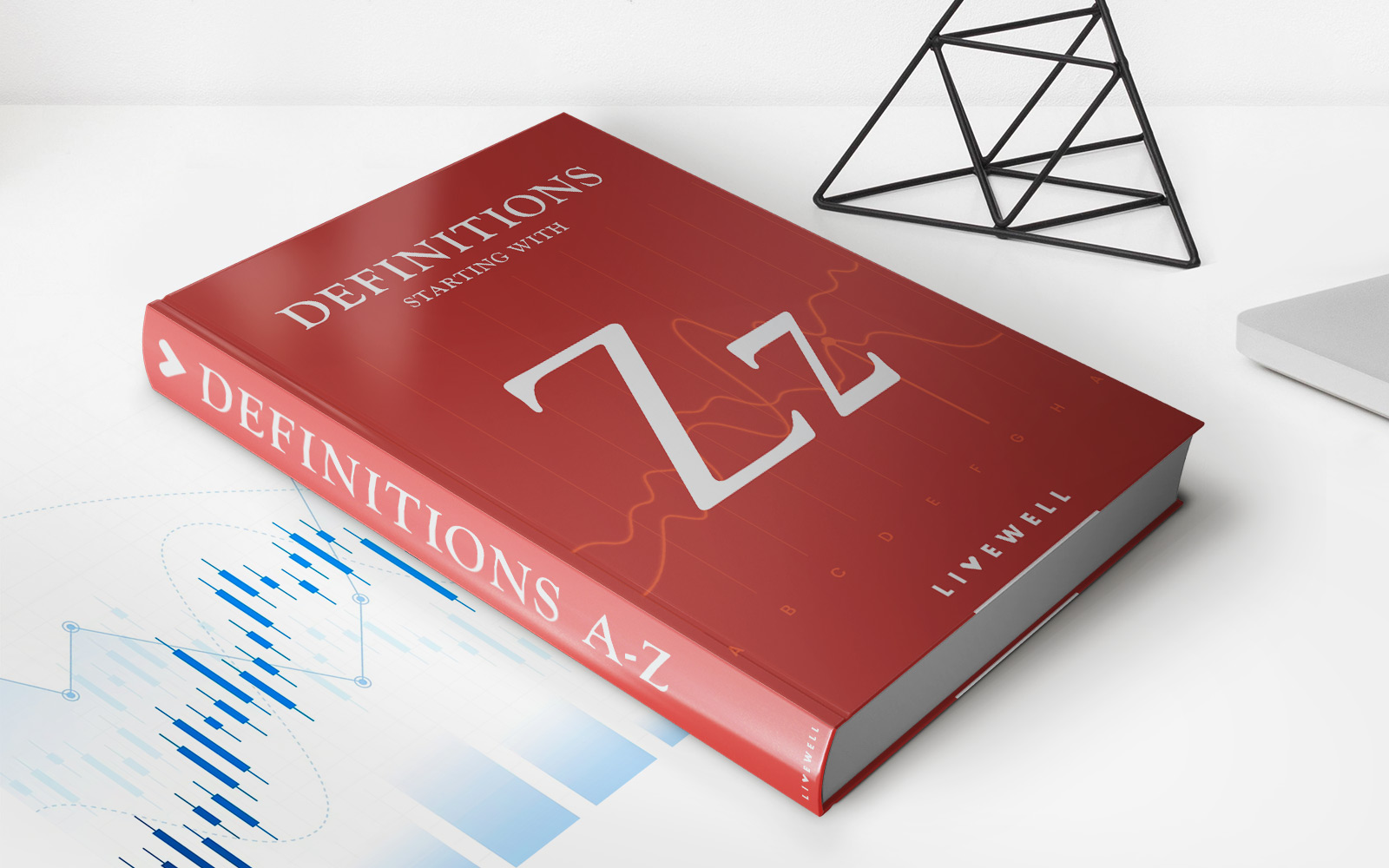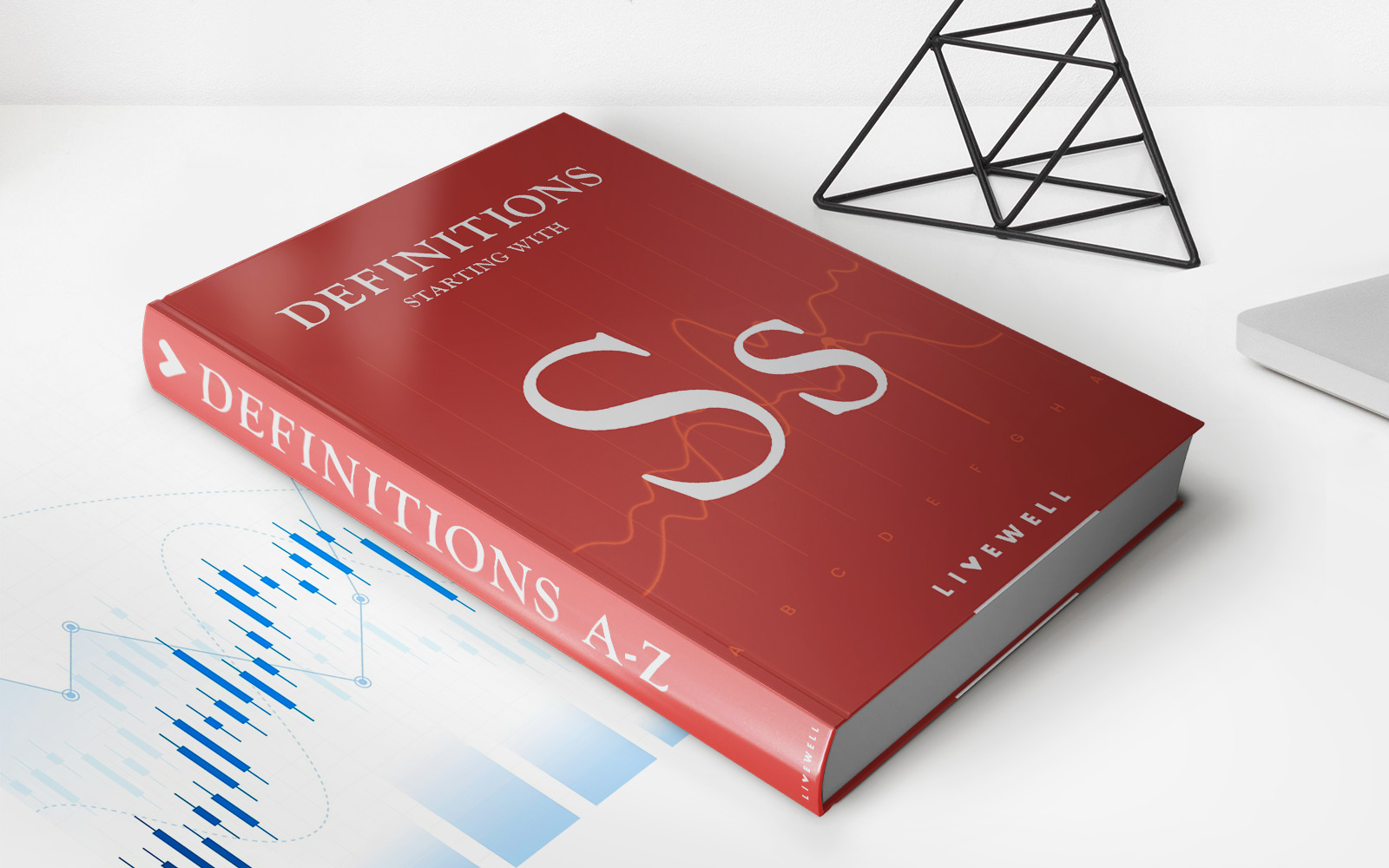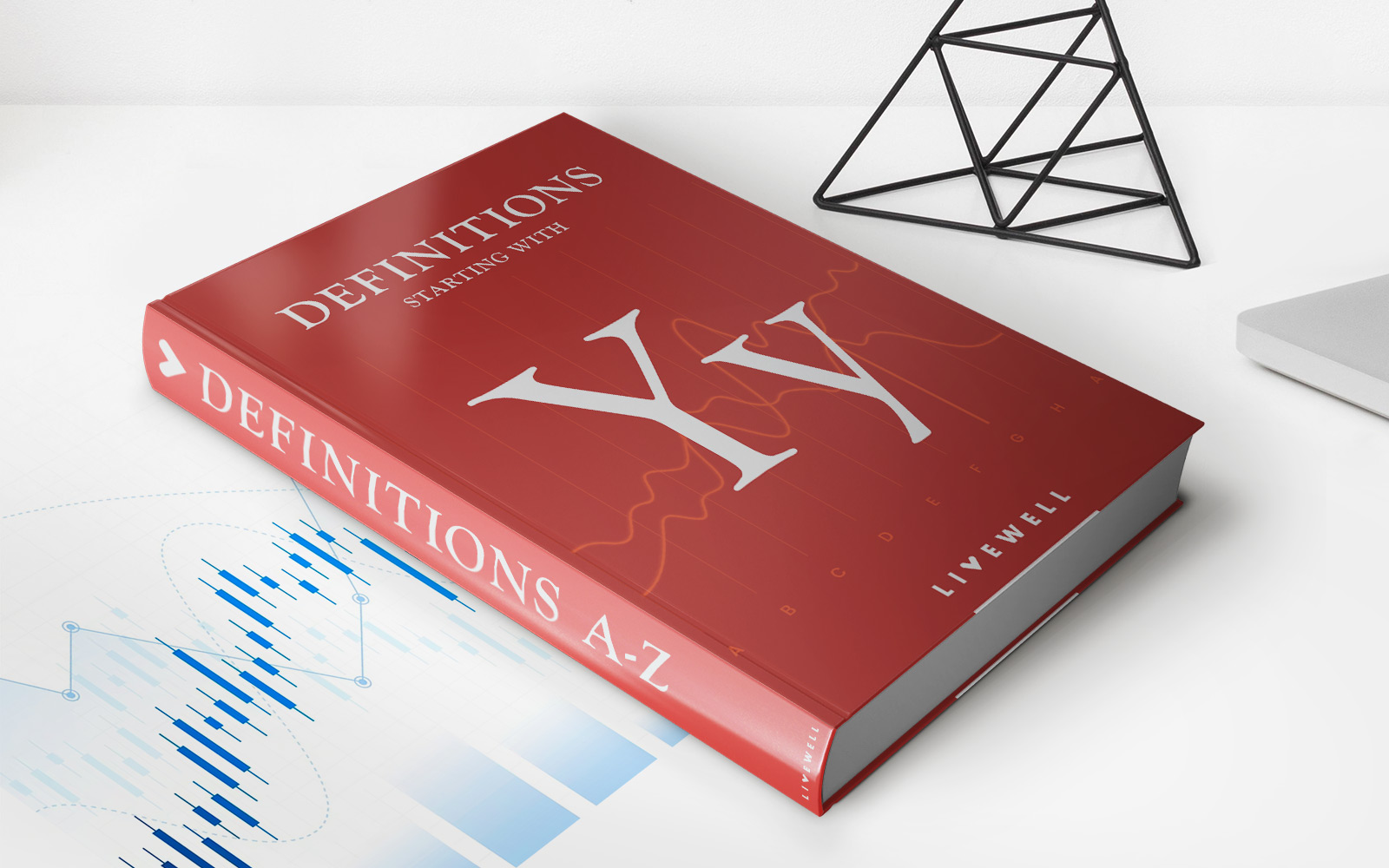Home>Finance>Manufacturing Resource Planning (MRP II): Definition And Example
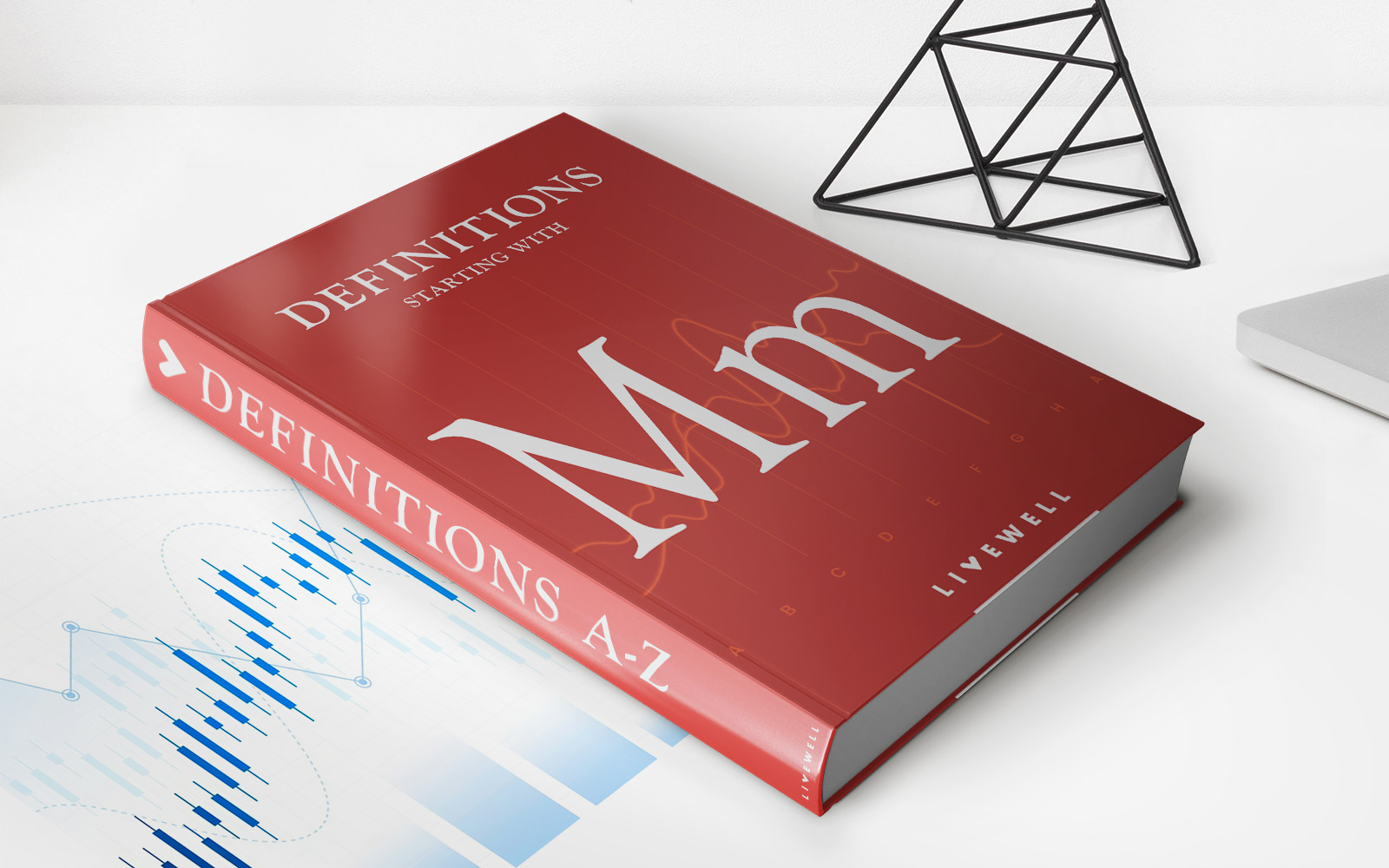

Finance
Manufacturing Resource Planning (MRP II): Definition And Example
Published: December 22, 2023
Learn about Finance in Manufacturing Resource Planning (MRP II) and see a real-life example of how it's implemented. Strengthen your understanding of Finance in MRP II today!
(Many of the links in this article redirect to a specific reviewed product. Your purchase of these products through affiliate links helps to generate commission for LiveWell, at no extra cost. Learn more)
Understanding Manufacturing Resource Planning (MRP II)
Finance is a crucial aspect of any business, and understanding different financial concepts is essential for success. One such concept is Manufacturing Resource Planning (MRP II), which plays a significant role in managing operations and finance in the manufacturing industry. In this blog post, we will dive deep into the definition of MRP II and provide you with an example to help you comprehend its practical application.
Key Takeaways:
- Manufacturing Resource Planning (MRP II) is a system that integrates various business functions to streamline production processes.
- The primary goal of MRP II is to optimize resources, reduce costs, and increase production efficiency.
What is Manufacturing Resource Planning (MRP II)?
Manufacturing Resource Planning (MRP II) is a comprehensive system that helps businesses manage their manufacturing operations more effectively. It is an extension of the earlier concept of Material Requirements Planning (MRP), which primarily focused on inventory control and material flow.
In contrast, MRP II takes a broader approach and integrates additional functions like finance, sales, and human resources to achieve a higher level of operational efficiency. By combining these different business functions, MRP II allows companies to plan their resources, including materials, equipment, and labor, in a more coordinated and streamlined manner.
The main objective of MRP II is to create an integrated system that ensures all parts of the manufacturing process work together seamlessly. This includes managing inventory levels, coordinating production schedules, tracking shipments, and monitoring financial data. By doing so, companies can optimize resource allocation, reduce costs, and improve overall productivity.
Example of MRP II in Action
To help illustrate how Manufacturing Resource Planning (MRP II) works in practice, let’s consider an example of a fictional manufacturing company called “TechCo.” TechCo specializes in producing high-tech gadgets and wants to enhance its production process using MRP II.
By implementing MRP II, TechCo integrates its various business functions, including finance, sales, and procurement, into a centralized system. The system allows TechCo to:
- Streamline Production: MRP II helps TechCo create a master production schedule that considers customer demand, inventory levels, and available resources. This allows the company to optimize production and minimize bottlenecks.
- Manage Inventory: With MRP II, TechCo can track inventory levels in real-time and automatically generate purchase orders when stocks reach a specified threshold. This ensures that the company never runs out of critical components or materials.
- Forecast Demand: TechCo can use the sales and marketing data integrated into MRP II to forecast future demand. This enables the company to plan production and resource allocation accordingly, reducing the risk of overproduction or stockouts.
- Coordinate Financial Data: MRP II allows TechCo to integrate financial data into the system, enabling a more accurate assessment of costs, profitability, and cash flow. This helps TechCo make informed financial decisions and keep the business financially healthy.
By deploying MRP II, TechCo experiences improved production efficiency, reduced inventory costs, and enhanced customer satisfaction. The integrated system also provides TechCo with valuable insights into its financial performance, helping the company make data-driven decisions.
In conclusion, Manufacturing Resource Planning (MRP II) is a powerful tool that allows manufacturing companies to integrate various business functions and optimize production processes. By streamlining operations, managing resources efficiently, and coordinating financial data, MRP II helps businesses stay competitive in a fast-paced manufacturing landscape.
Remember that finance is a broad category, so ensure to include internal linking in your blog post for better user experience and improved SEO.
